Exhibitions in the Museum of Music History
Hungarian Fantasy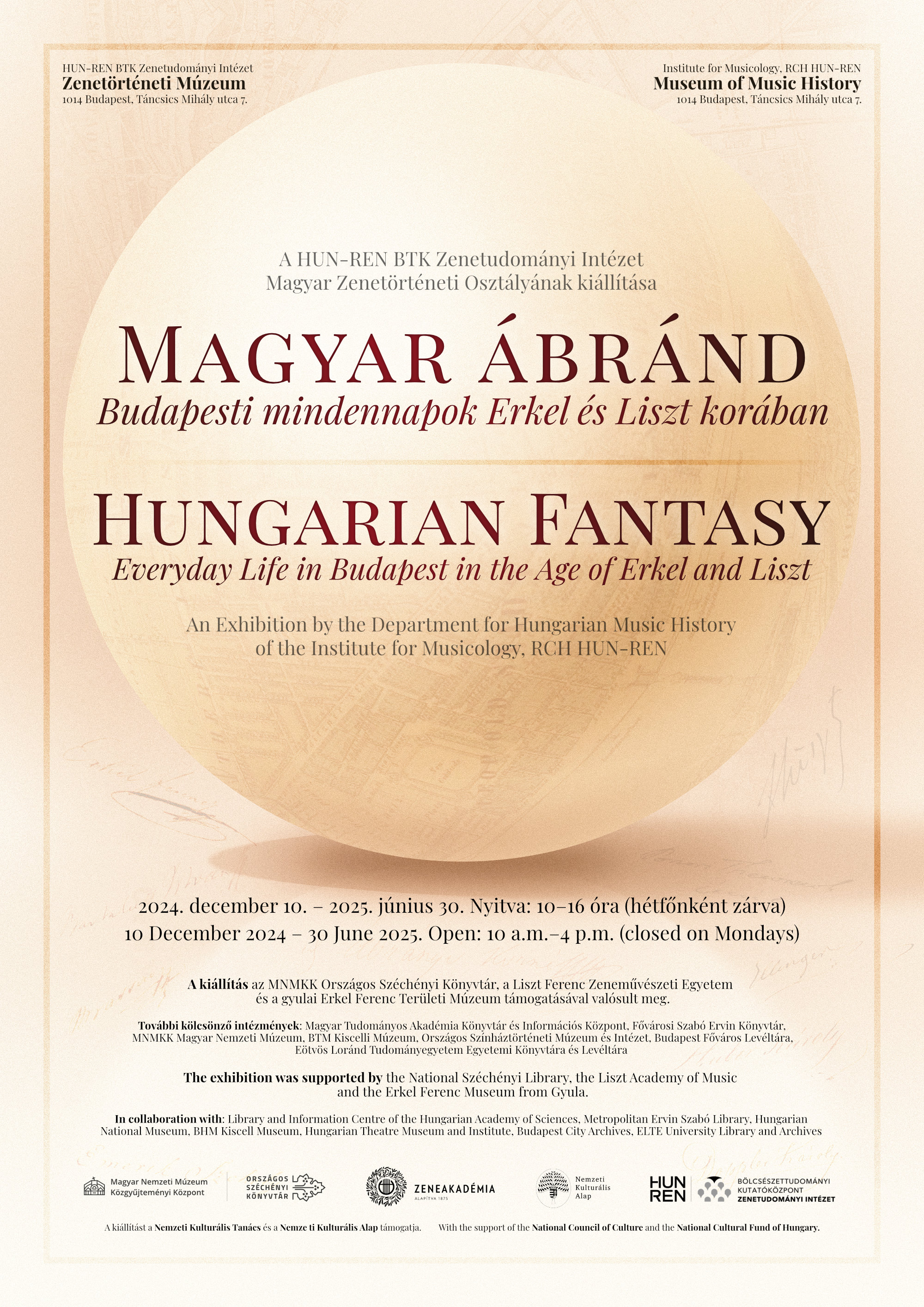
Everyday Life in Budapest in the Age of Erkel and Liszt
Exhibition in the 2nd room of the Museum of Music History
Curator: KIM Katalin
TEMPORARY EXHIBITION
The exhibition is open: From 10 December 2024 to January 11, 2026
Hungarian Fantasy was a characteristic musical genre in the nineteenth-century era of cultural nation-building. As the title of our exhibition, the term is supposed to refer also to the enthusiasm that permeated the multi-ethnic inhabitants of the Hungarian capital during the decades of embourgeoisement and modernization. Coined during the reform of the Hungarian language, the word ábránd [lit. fantasy, illusion, dream] implies both hope, emotion-driven planning and failure, frustration. Fantasy and reality are often at odds – Kornél Ábrányi Snr. (1822–1903) and Bence Szabolcsi (1899–1973), the authors of the two monumental and still influential music historical summaries of the period, thought of nineteenth-century Hungarian music life along these terms. Both of them experienced and made their readers see the nineteenth century through the dynamics of “intoxication and sobering up,” and the vision they conveyed still defines our view of the era of cultural nation-building. Yet, both Ábrányi and Szabolcsi sensed the will behind the fantasies, and perceived the tangible results as well.
Our exhibition gives an insight into the pulsating musical life of the Hungarian capital in the decades before and after the Compromise of 1867. Concentrating on the plans that have been realized – and thus kept the fantasies further alive –, we take a micro-historical look at the eventful period that not only saw the birth of Budapest, realized, but also the professionalization of the city’s civic musical institutions, gaining momentum. This process was greatly facilitated, in fact: defined, by the activity of Ferenc Erkel and Ferenc Liszt as composers, performers, and teachers. However, we still know little about these decades, and we feel that the time has come to reconsider the one-sided picture we have of the years of authoritarian Bach era. Our exhibition gives an insight into the functioning of the capital’s professional musical institutions, the life of self-organized civic music associations and choral societies, the atmosphere of social events and entertaining music, the musical offer in salons, restaurants, and spas. We also try to present the way in which the one-time citizens of the city shaped the history of their immediate surroundings through their daily activities. Examining musical compositions and sketches as well as musically-themed writings, journals and letters, we try to understand the joint motivation that transcended the differences of national cultural identity – or drew on the still-living Hungarus-consciousness – to realize the common Hungarian Fantasy: to build up a musical capital of European rank.
An Exhibition by the Department for Hungarian Music History of the Institute for Musicology, Research Centre for the Humanities HUN-REN
Chief curator: KIM Katalin
Curators: BÉKÉSSY Lili Veronika, BUKÁNÉ KASKÖTŐ Marietta, GROSZ Sára Aksza, GUSZTIN Rudolf, HORVÁTH Pál, ILLÉS Szabolcs, KACZMARCZYK Adrienne, SIMÉNY Beáta, TÓTH Emese, VIZINGER Zsolt
Translation: NÉMETH István Csaba
Organization: KATYI Zsombor
Visual Design: KIM Attila
Graphic Design: VIZINGER Zsolt
Staff of the Musem of Music History: BARANYI Anna, ERDŐSNÉ BORZ Zsófia, GÖMÖRI-CSONKA Szilvia, FARKAS Zoltán
Execution: Print Wizard Kft.
The exhibition was supported by the National Széchényi Library, the Liszt Academy of Music and the Erkel Ferenc Museum from Gyula.
In collaboration with: Library and Information Centre of the Hungarian Academy of Sciences, Metropolitan Ervin Szabó Library, Hungarian National Museum, BHM Kiscell Museum, Hungarian Theatre Museum and Institute, Budapest City Archives, ELTE University Library and Archives
With the support of the National Council of Culture and the National Cultural Fund of Hungary.
Poster:

Photos from the exhibition opening:
 |
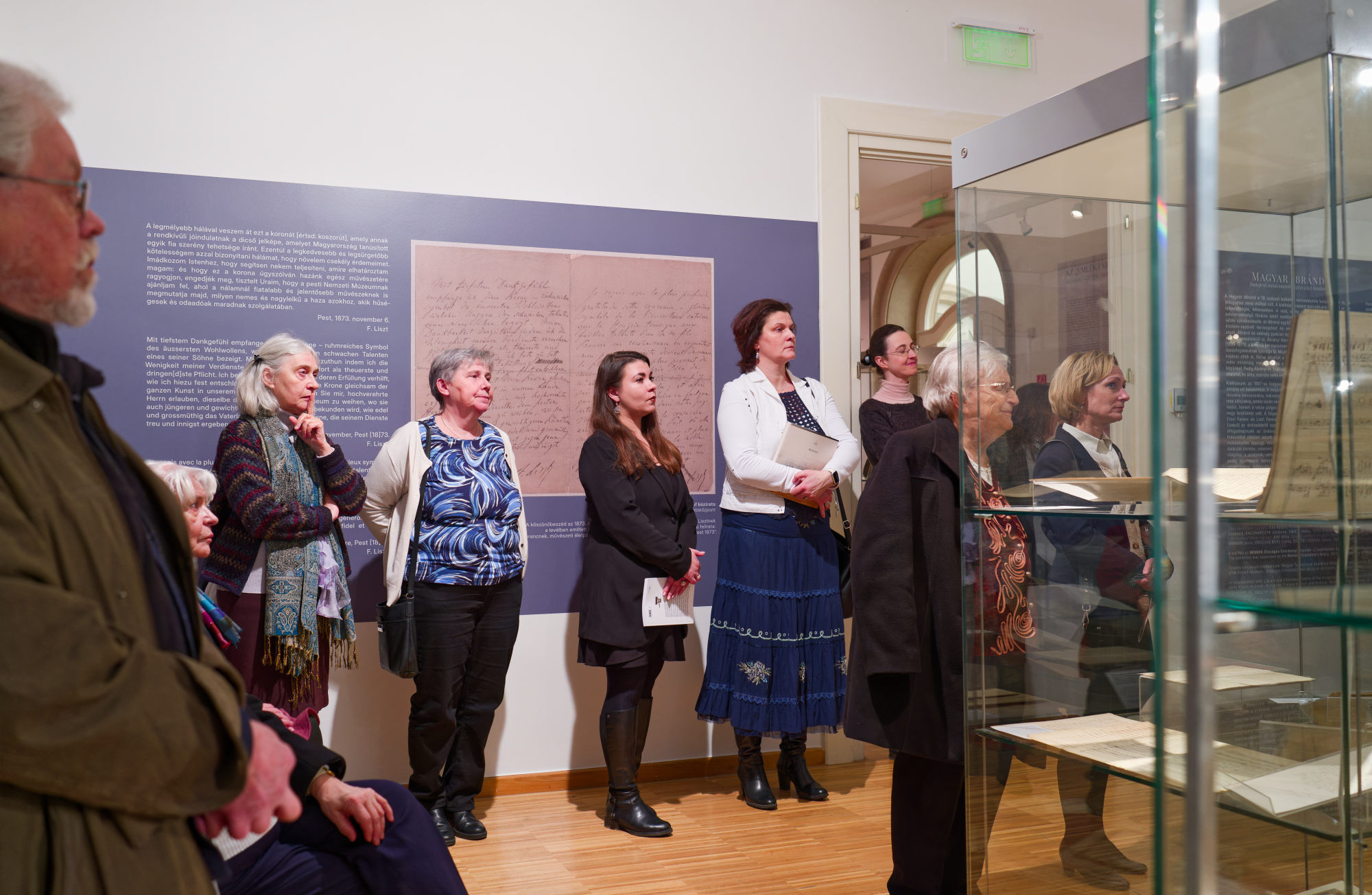 |
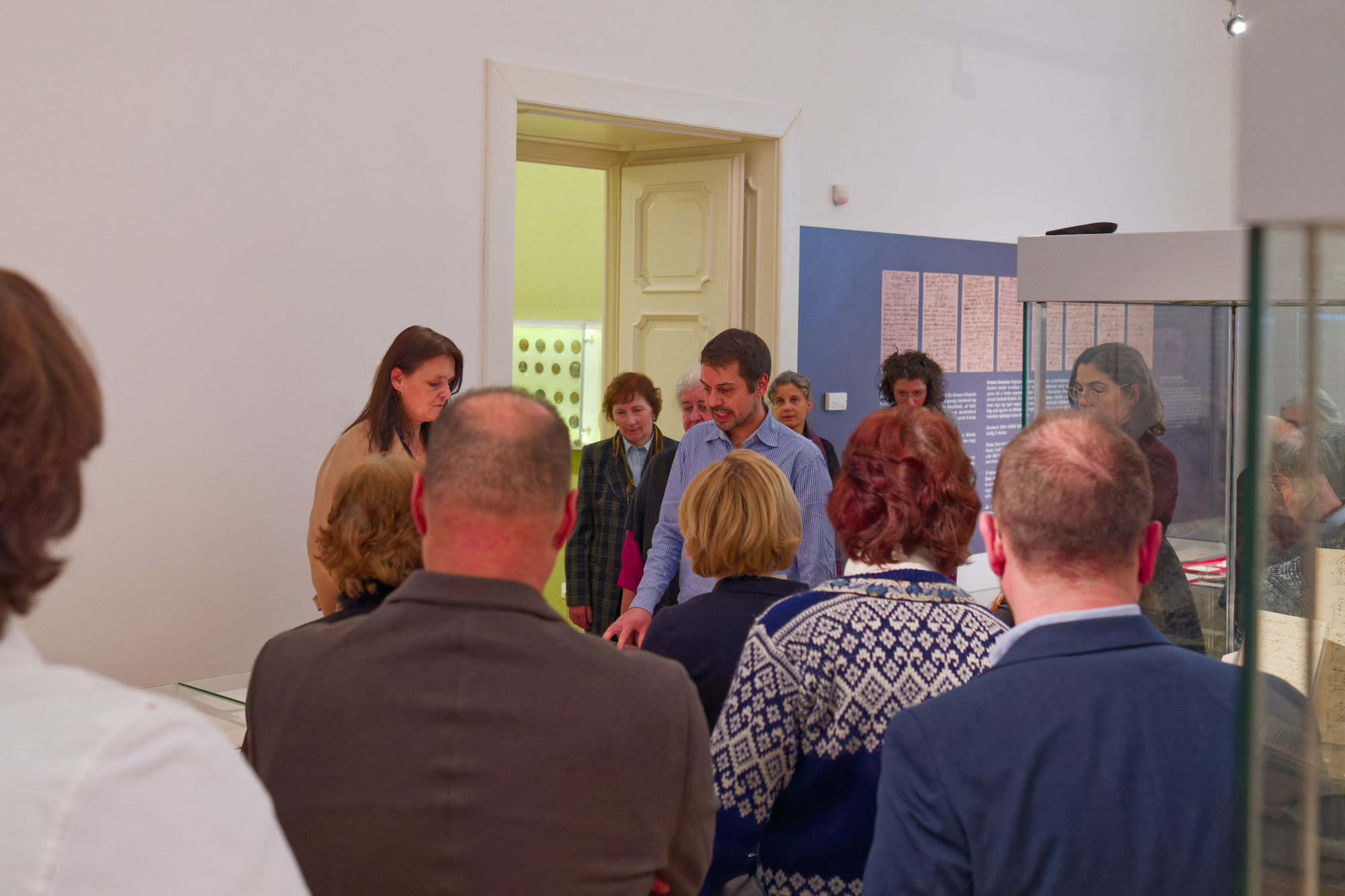 |
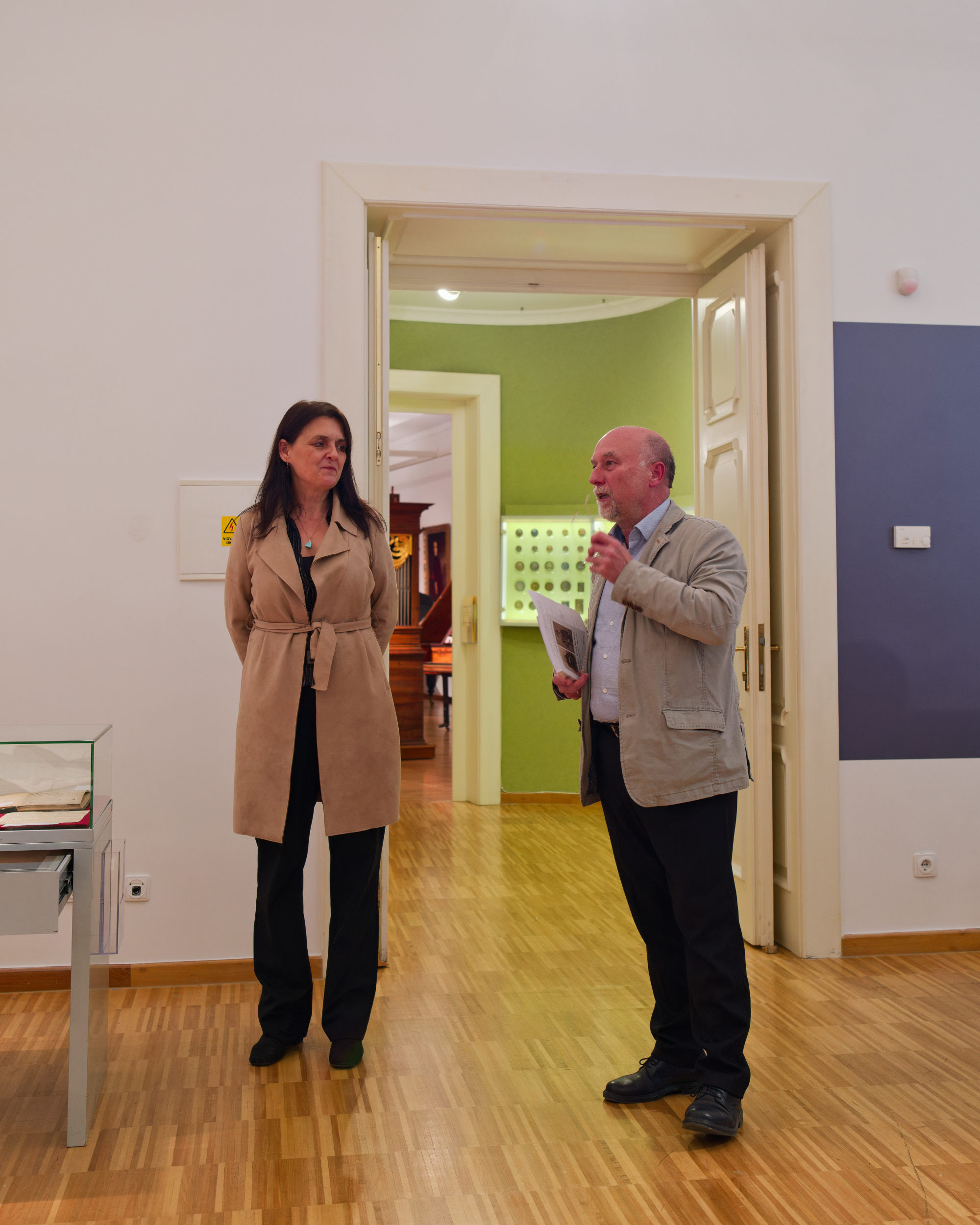 |
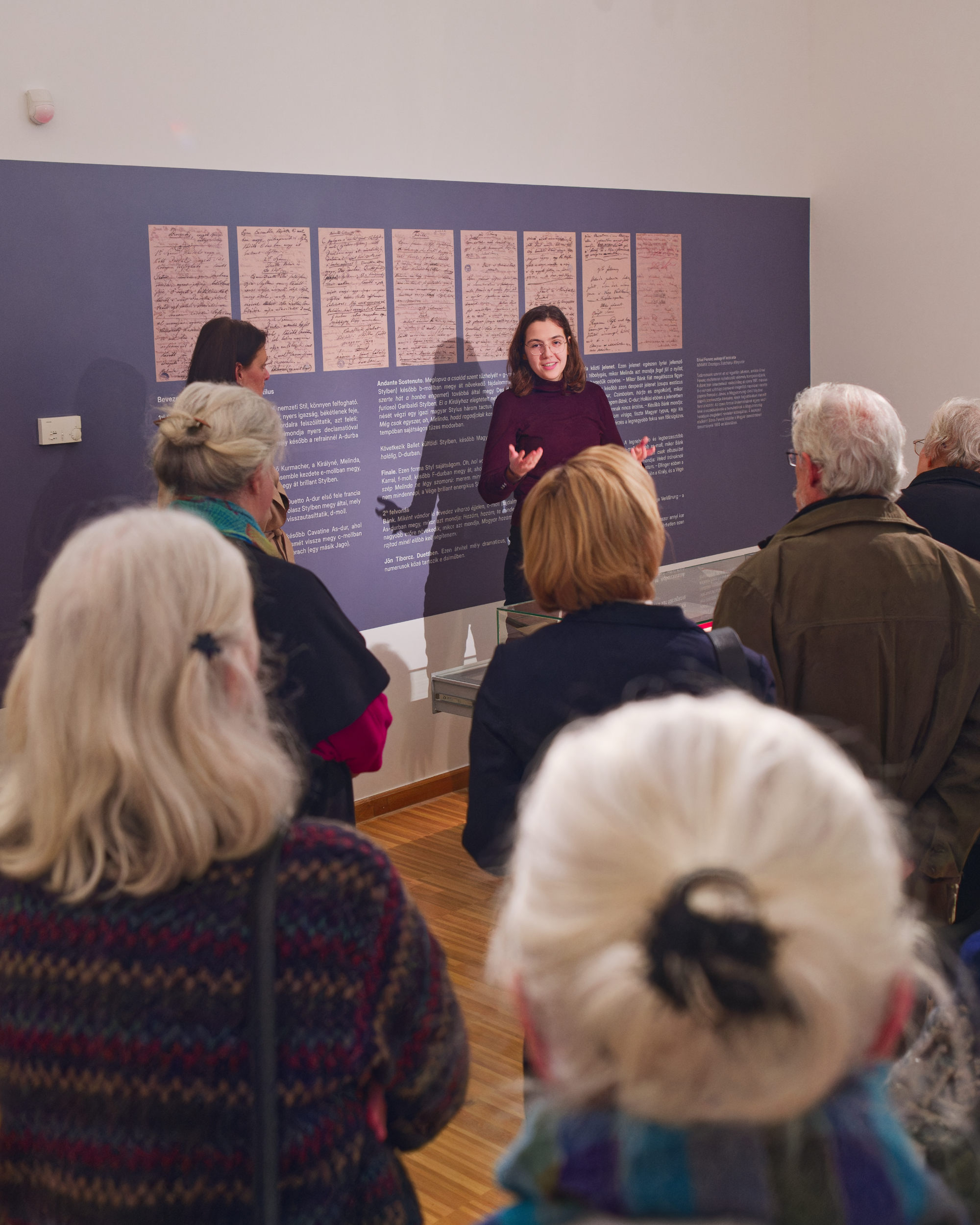 |
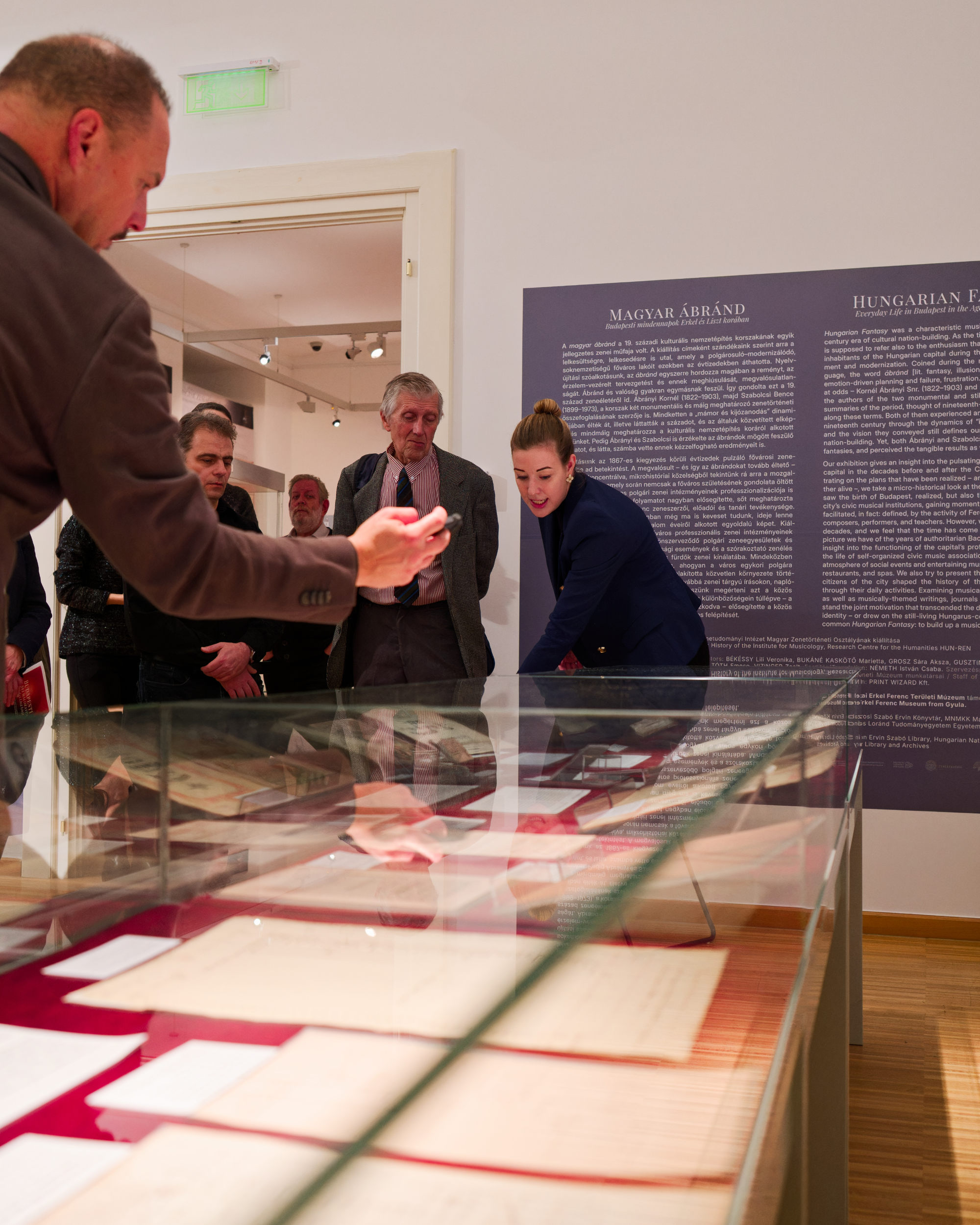 |
 |
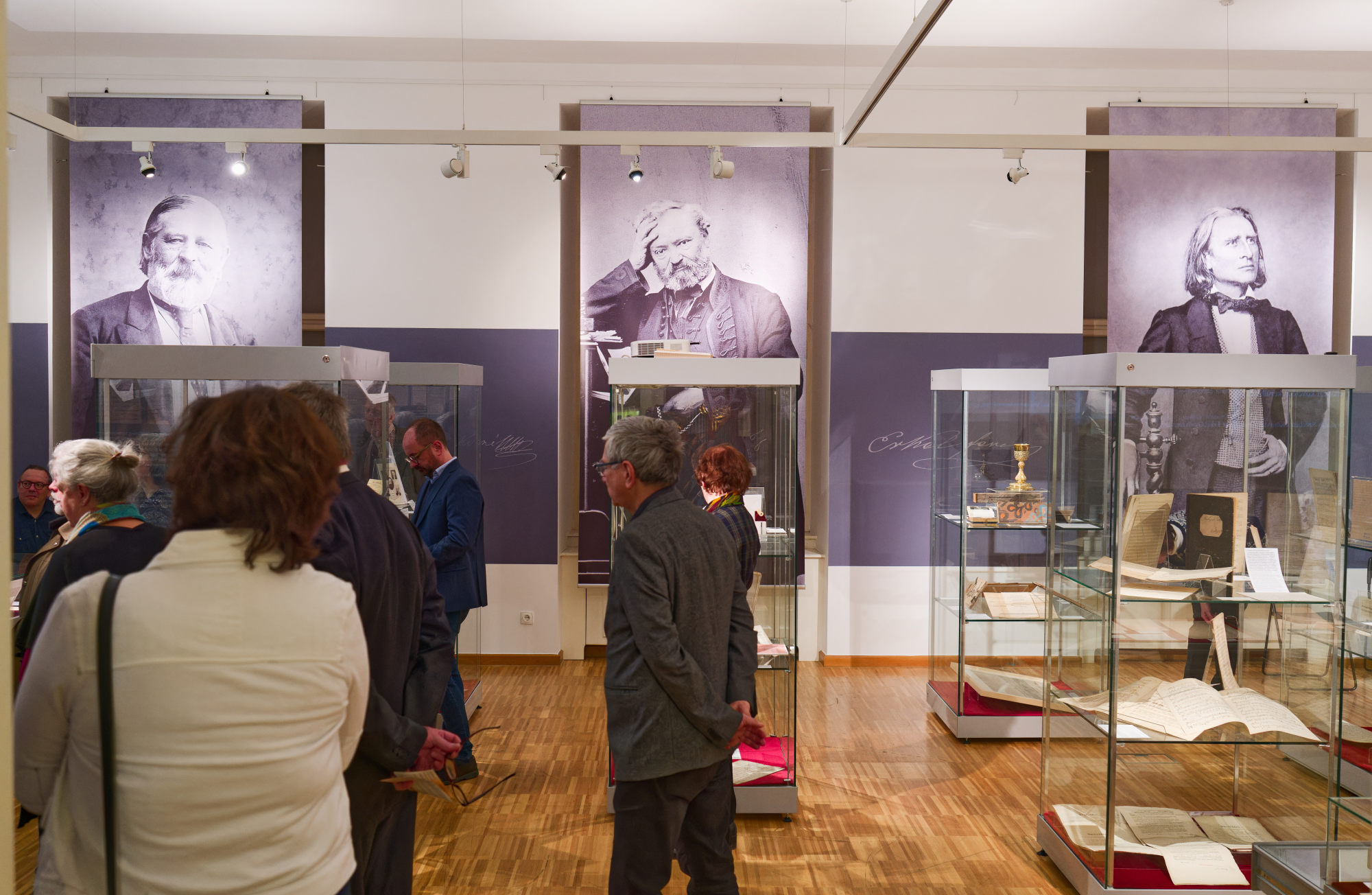 |
 |
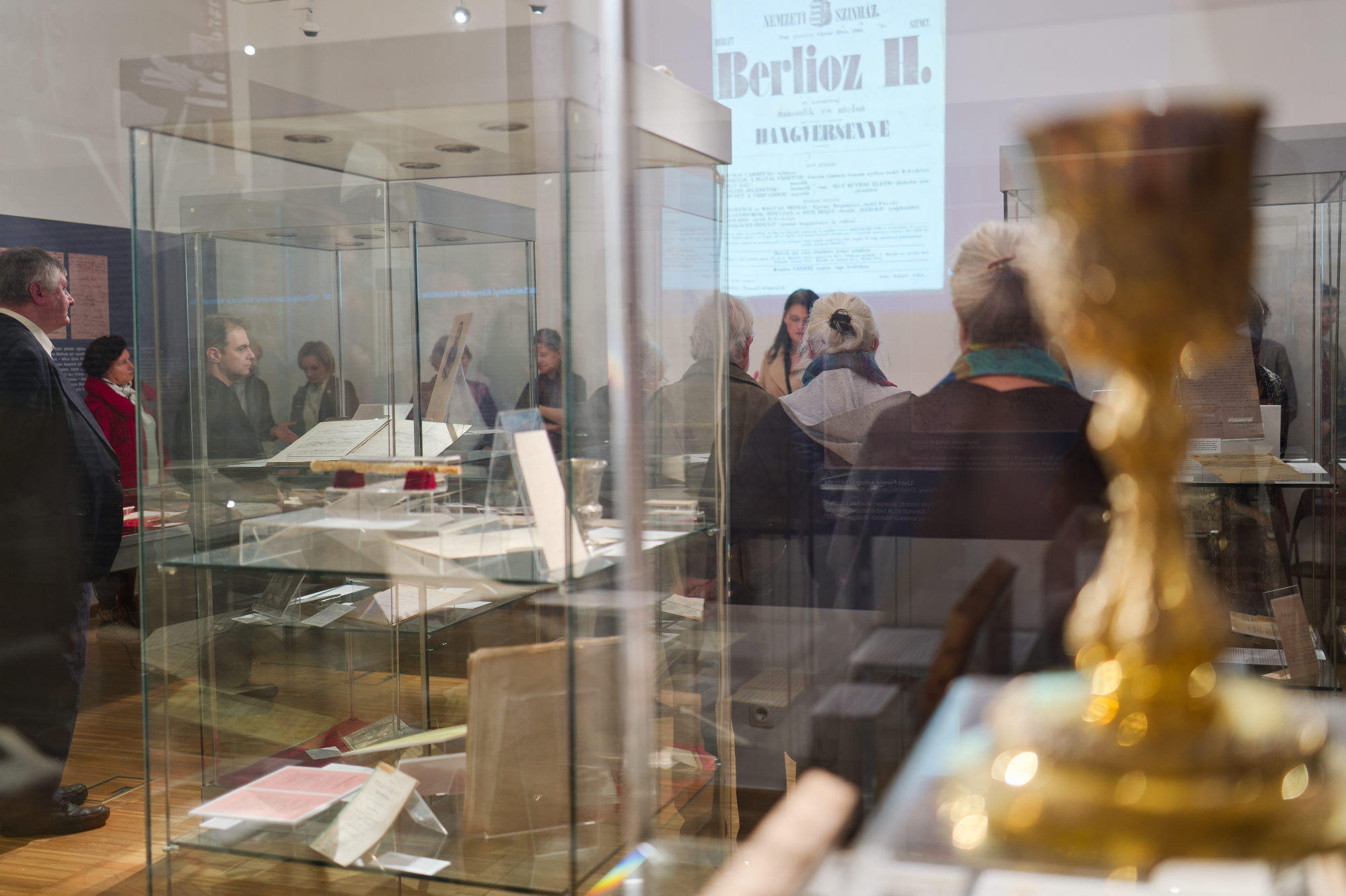 |
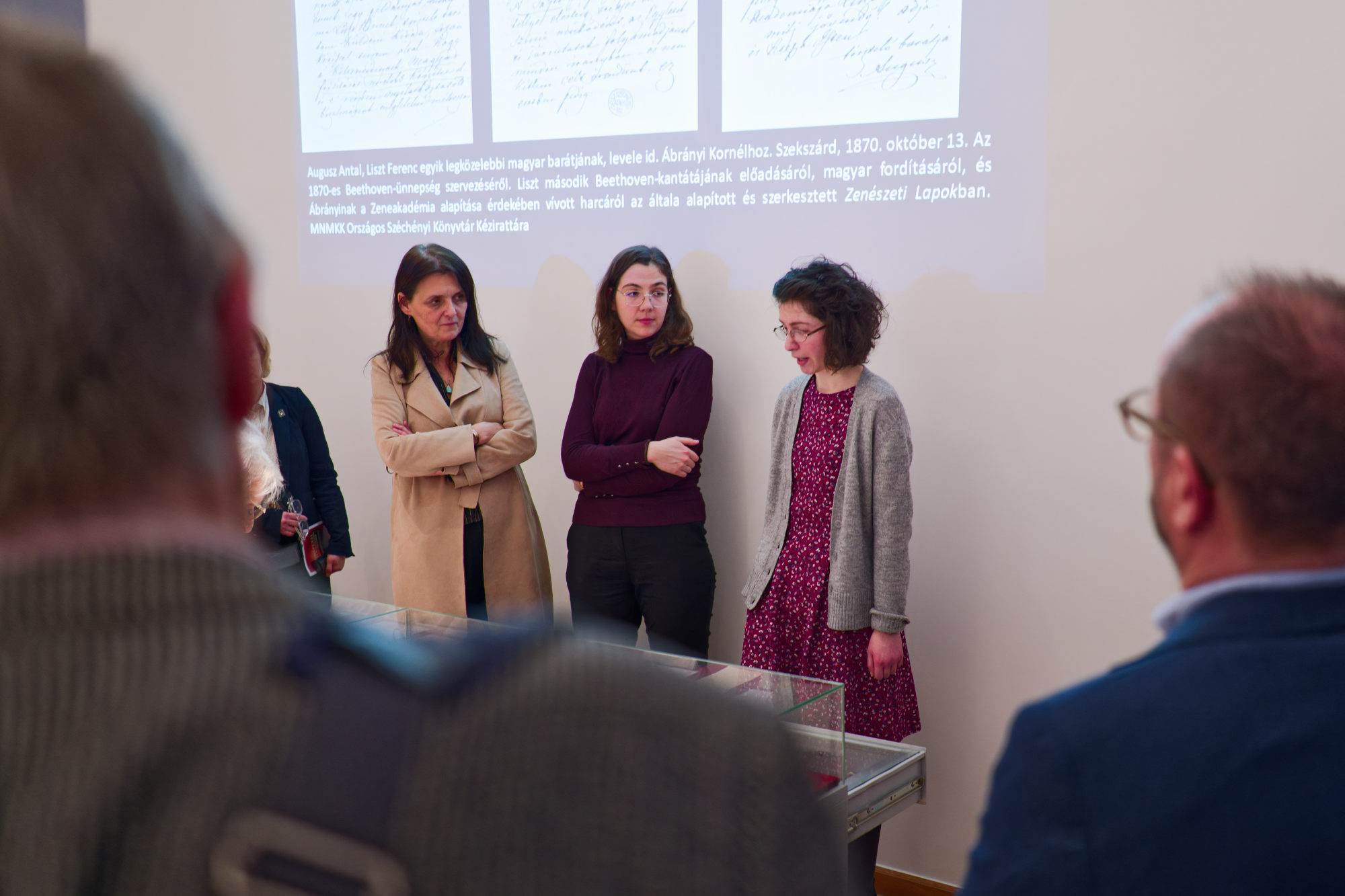 |
 |
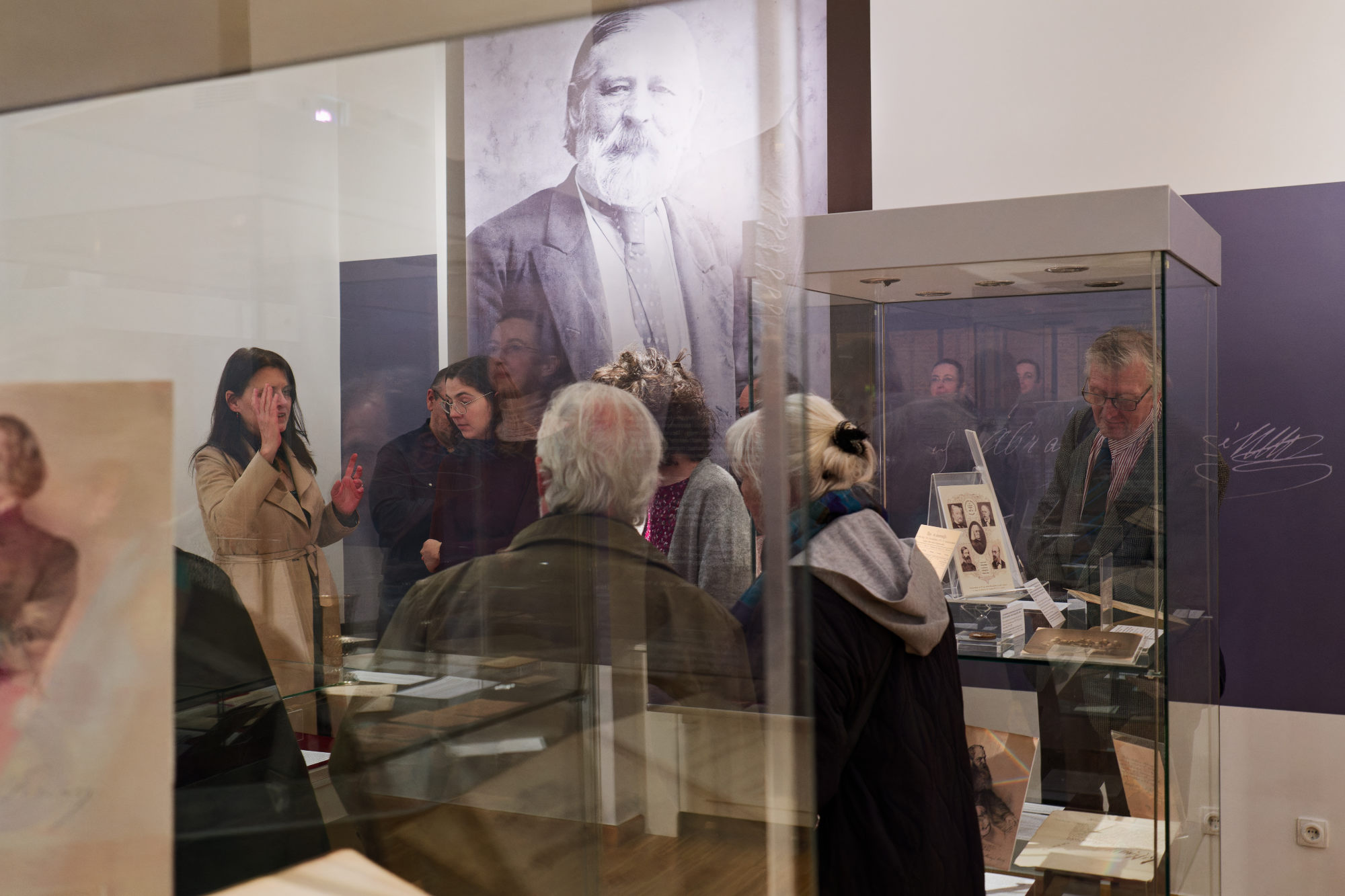 |
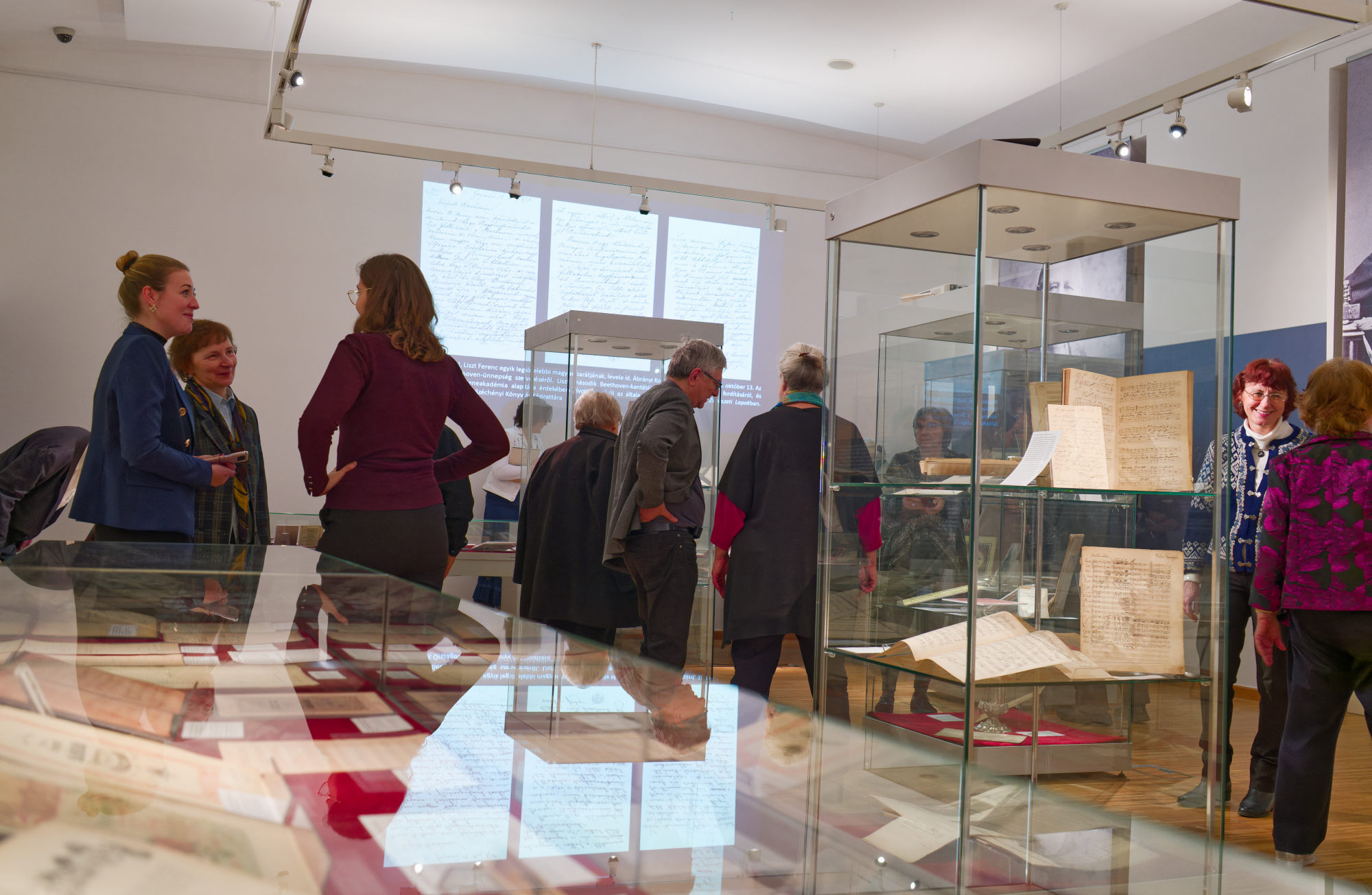 |
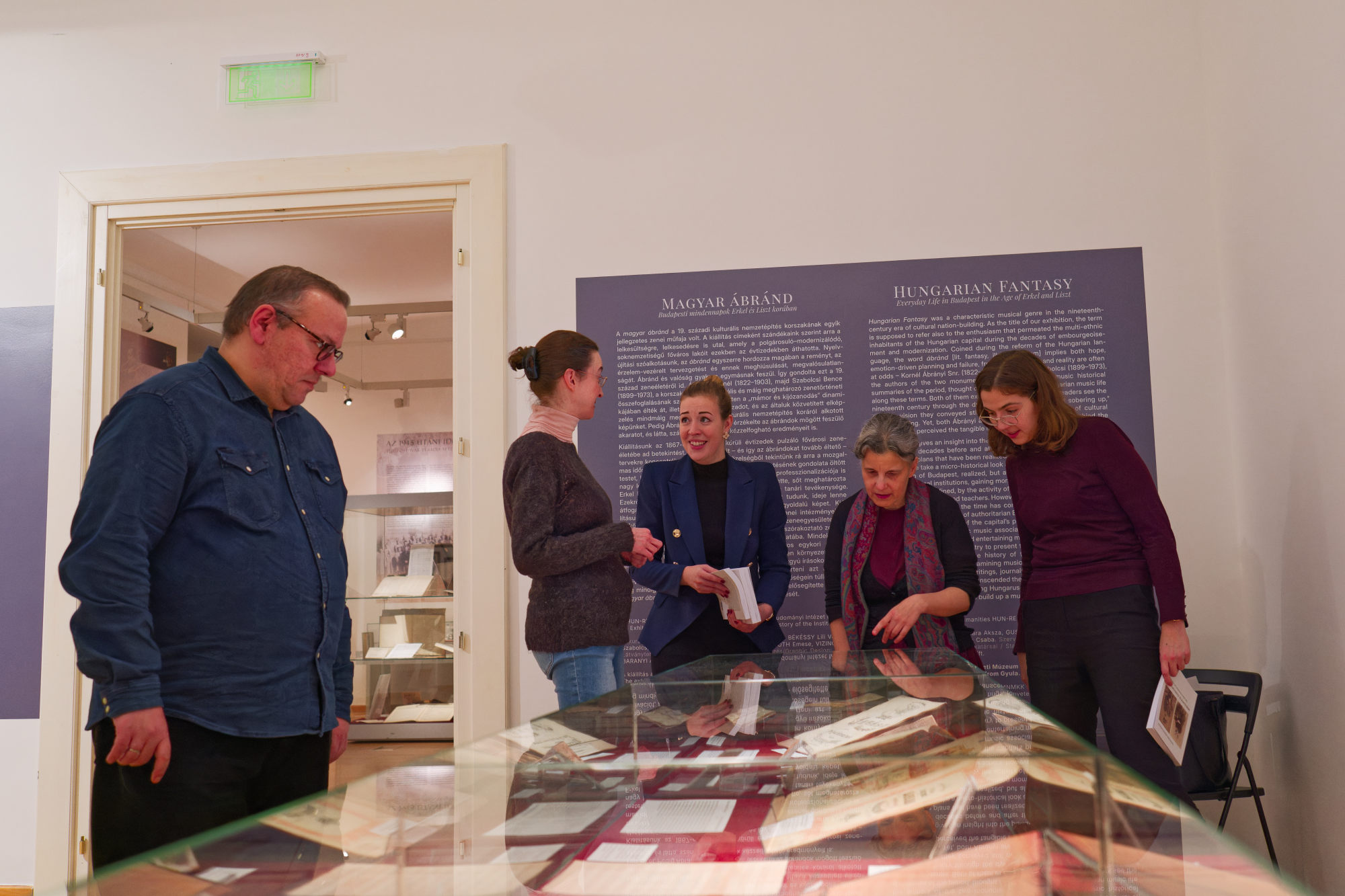 |
 |
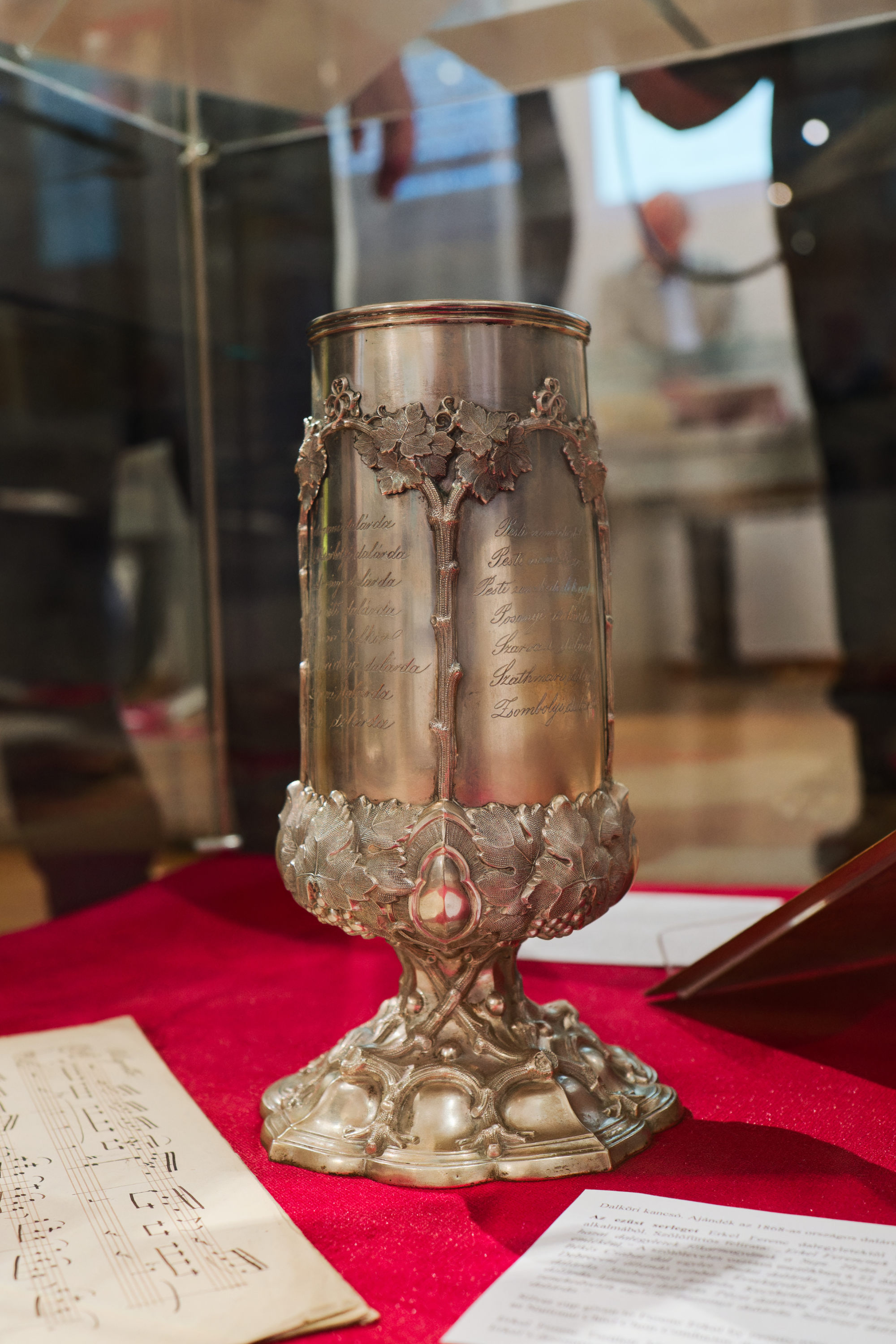 |
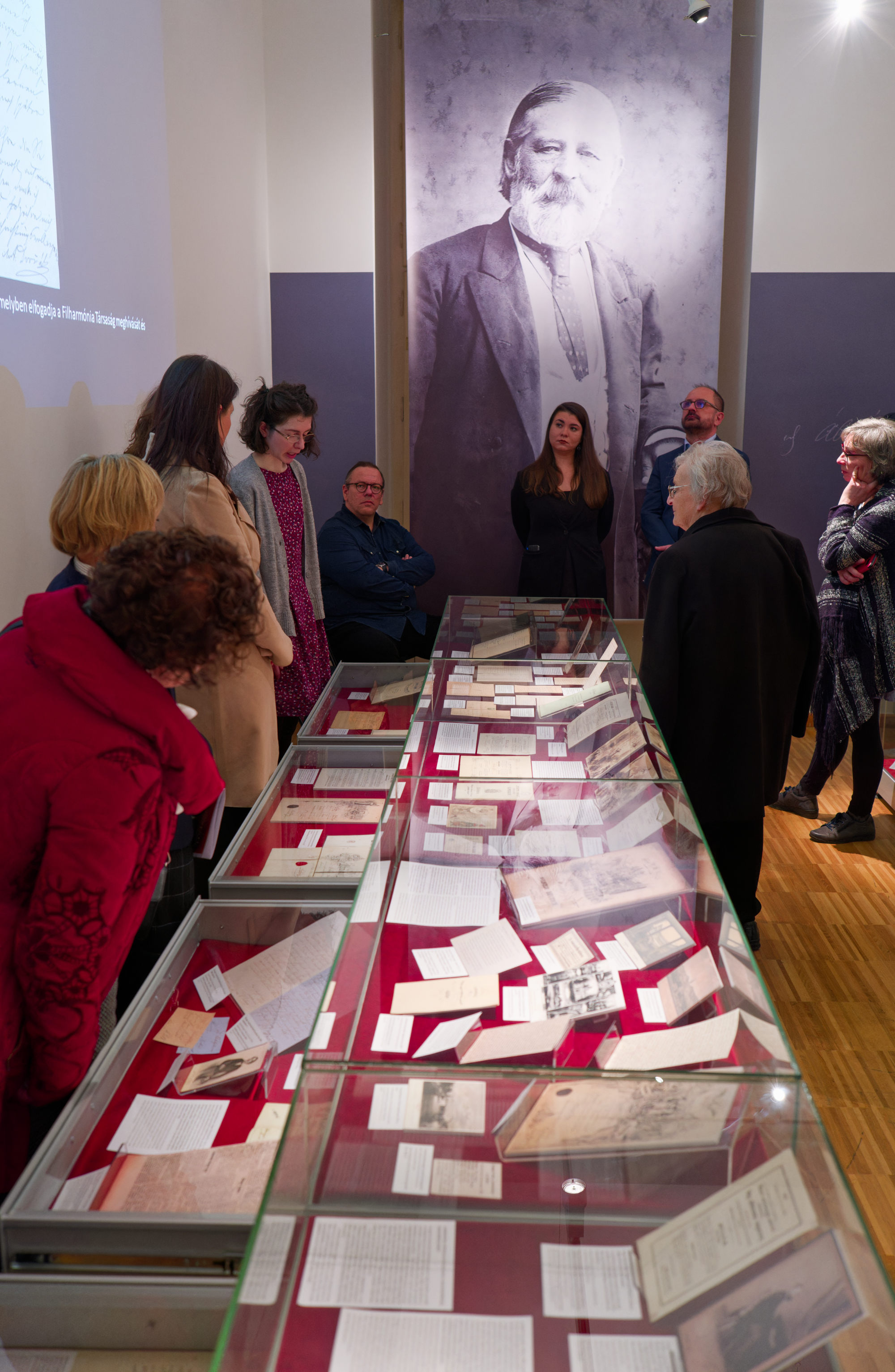 |


